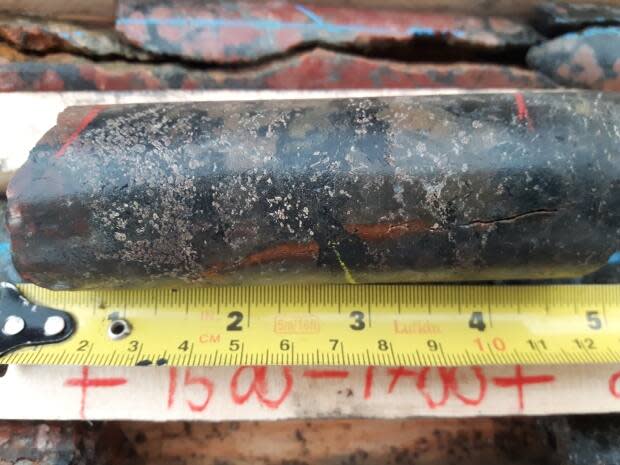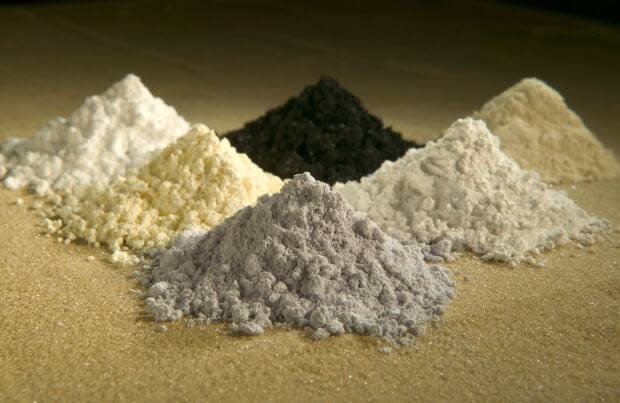Prof says rare earth elements facility in Saskatoon could stabilize supply chain in North America

A new processing facility being built in Saskatoon could be part of the solution to a recent global shortage of computer chips and semiconductors for vehicles and electronics.
There are 17 rare earth elements: cerium, dysprosium, erbium, europium, gadolinium, holmium, lanthanum, lutetium, neodymium, praseodymium, promethium, samarium, scandium, terbium, thulium, ytterbium and yttrium.
These naturally occurring minerals are key components in modern electronics. They are used in making everything from electric cars to cell phones and wind turbines.
University of Saskatchewan geological sciences professor Kevin Ansdell told Saskatoon Morning's Leisha Grebinski that rare earth elements are essential to modern global economic development.
"I would foresee that the demand for the rare earth elements will certainly continue to increase, particularly with the drive globally to try and electrify transportation through electric vehicles," Ansdell said.
"Every single electric vehicle has rare earth element components within it."

Almost all of the mining and processing of these elements is done in China.
Last week U.S. President Joe Biden signed an executive order that aims to strengthen supply chains, including those for rare earth elements.
"Essentially, China controls the rare earth element market globally," Ansdell said. "So it's not just the U.S. The European Union is also very interested in trying to develop new supply chains that are not dependent on China."
That new supply chain could run through Saskatoon, as the first Canadian rare earth elements processing facility is being built in the city.
The $31 million facility was announced last August and will be financed by the province, and owned and operated by the Saskatchewan Research Council (SRC).
It is expected to be fully operational by late 2022.
Ansdell said the SRC has already done a small pilot project processing rare earth elements and will now be able to build on that expertise.
He said the processing plant could turn out to be very significant for Saskatchewan, as there is only one other facility in North America that can process these elements and it only operates when the mine it is associated with in California is operating.
"[The Saskatoon facility] can accept materials from essentially all over the world. And so it could be very interesting economic development locally."
One company, Appia Energy Corp., says it has discovered pegmatites, rock formations that contain high-grade rare earth elements, in the northern Saskatchewan area of Alces Lake.

